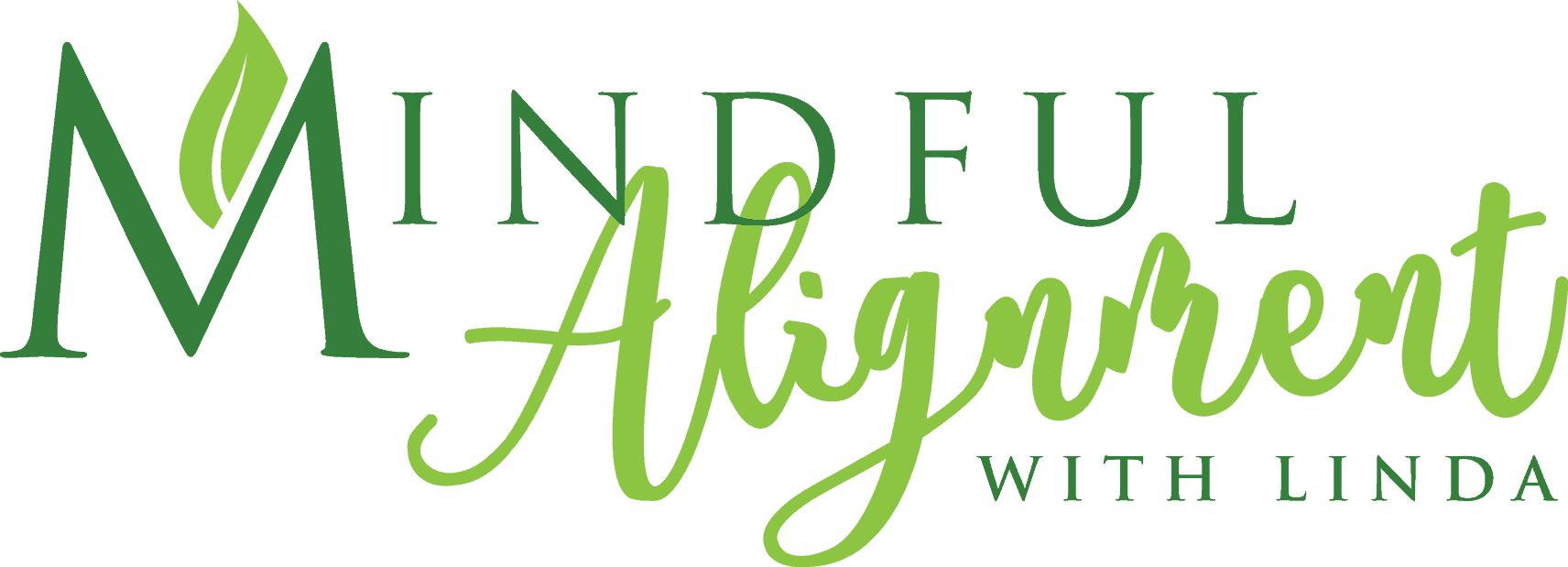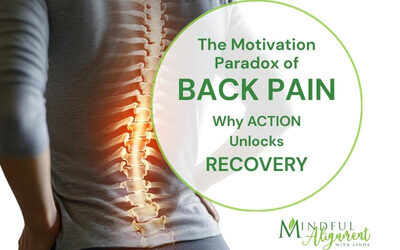Yoga Can Soothe Low Back Pain
A Powerful Tool Alleviating Low Back Pain
Low back pain affects millions worldwide, impacting daily activities and diminishing quality of life. While various remedies are available, one efficient and holistic approach is yoga. With its gentle stretches, strengthening poses, and focus on breath and mindfulness, yoga can be a powerful tool in alleviating low back pain.
Root Causes of Low Back Pain
Before delving into yoga’s benefits, understanding the root causes of low back pain is crucial. Sedentary lifestyles, poor posture, muscle imbalances, and stress are common culprits contributing to discomfort in the lower back. Additionally, injuries, such as strains or herniated discs, can exacerbate the issue. Addressing these factors is essential for long-term relief.
How Yoga Can Help Alleviate Low Back Pain
Yoga provides a comprehensive approach to healing low back pain by targeting both physical and mental aspects of discomfort. Through a combination of asanas (poses), pranayama (breathing techniques), and meditation, yoga promotes flexibility, strength, and relaxation, addressing the underlying causes of pain.
Stretching and Flexibility:
Many yoga poses stretch the back, hips, and leg muscles, promoting flexibility and relieving tension. Poses like Cat-Cow, Forward Fold, and Child’s Pose gently stretch the spine, releasing tightness in the muscles surrounding the lower back. These stretches help improve the range of motion and alleviate stiffness, reducing the likelihood of pain and discomfort.
Strengthening and Stability:
In addition to stretching, yoga incorporates poses that strengthen the muscles supporting the spine, including the core, glutes, and back muscles. Poses like Plank, Bridge, and Warrior III build strength and stability, reducing the risk of injury and providing support for the lower back. A strong core, in particular, helps maintain proper alignment and posture, alleviating strain on the lumbar spine.
Mindfulness and Stress Reduction:
Beyond the physical benefits, yoga emphasizes mindfulness and stress reduction, crucial for managing low back pain. Through focused breathing techniques and meditation, yoga cultivates awareness of the body and mind, promoting relaxation and reducing tension. By calming the nervous system and alleviating stress, yoga helps decrease sensitivity to pain and enhances overall well-being.
Before Adding Yoga to Your Routine
Before you begin a yoga practice, it is essential to understand how to distinguish between decreasing chronic pain and exacerbating it.
Here are some suggestions to help you navigate this:
Listen to Your Body:
Pay close attention to how your body responds during and after yoga practice. Notice any sensations of relief, such as reduced stiffness or increased mobility, as well as any signs of discomfort or pain. Your body communicates its needs, so trust your instincts and adjust your practice accordingly.
Start Slowly:
If you’re new to yoga or experiencing chronic low back pain, start with gentle, beginner-friendly poses and gradually progress as your body becomes more accustomed to the practice. Avoid pushing yourself too hard or forcing your body into uncomfortable positions, as this can lead to increased pain or injury.
Check Your Alignment:
Proper alignment is essential in yoga to prevent muscle and joint strain. Pay attention to instructor alignment cues or use mirrors to ensure you’re performing poses correctly. Misalignment can exacerbate low back pain, so focus on maintaining a neutral spine and supporting the core muscles.
Modify as Needed:
Don’t hesitate to modify poses to suit your individual needs and limitations. Use props such as blocks, straps, or bolsters to make poses more accessible and comfortable. If a pose aggravates your lower back pain, explore alternative variations or skip it altogether. Remember, it’s better to modify than to push through pain.
Stay Mindful:
Stay present and mindful throughout your yoga practice, tuning into the sensations in your body without judgment. Notice any areas of tension or discomfort and adjust your approach accordingly. Mindfulness techniques, such as deep breathing and body scanning, can help you connect with your body and manage pain more effectively.
Track Your Progress:
Keep a journal to track your yoga practice and any changes in your lower back pain over time. Note which poses or sequences are most beneficial and which seem to exacerbate your symptoms. Tracking your progress can help you identify patterns and make informed decisions about your practice.
Consult a Professional:
If you need clarification on whether yoga is helping or hurting your lower back pain, consider consulting a qualified yoga instructor specializing in back pain. They can provide personalized guidance and modifications tailored to your specific condition.
By staying attuned to your body, practicing mindfulness, and making modifications as needed, you can effectively decrease chronic lower back pain and reap the many benefits of yoga. Trust yourself, honor your body’s limitations, and approach your yoga practice with patience and compassion.
Here are a few videos to help guide you on your health and wellness journey:
Are you tired of living with pain?
Are your activities and daily choices determined by your level of pain?
Are you ready to change your life for the better and gain back your physical freedom?
My unique and custom designed approach comes from years of training, education and experience. Together, we will get you back to living pain free and enjoying life.
Sign up for a private session today
It’s never too late to try something new.

Related Articles:
The Motivation Paradox: Action is the Catalyst for Healing Back Pain
Discover the Motivation Paradox of Back Pain—why waiting for motivation keeps you stuck and how action is the true catalyst for healing. Learn science-backed strategies to break the pain cycle and reclaim mobility.
Transform Back Pain Anxiety: From Uncertainty to Empowerment
Discover how to navigate pain anxiety with empowerment. Embrace uncertainty and reclaim your healing journey through mindfulness and resilience.
Transforming Your Relationship with Back Pain: A Mindset Revolution
Back pain is more than a physical challenge—it's a profound psychological journey. The real battle isn't just in your muscles and joints, but in your mind. Your thoughts can either be a prison or a pathway to healing. Reframing Your Inner Narrative When chronic pain...
Embracing Change: A Journey of Small Steps
Embracing change through small steps: Focusing on small, consistent steps emphasizes sustainability and avoids overwhelming change, which is key to maintaining health goals.




